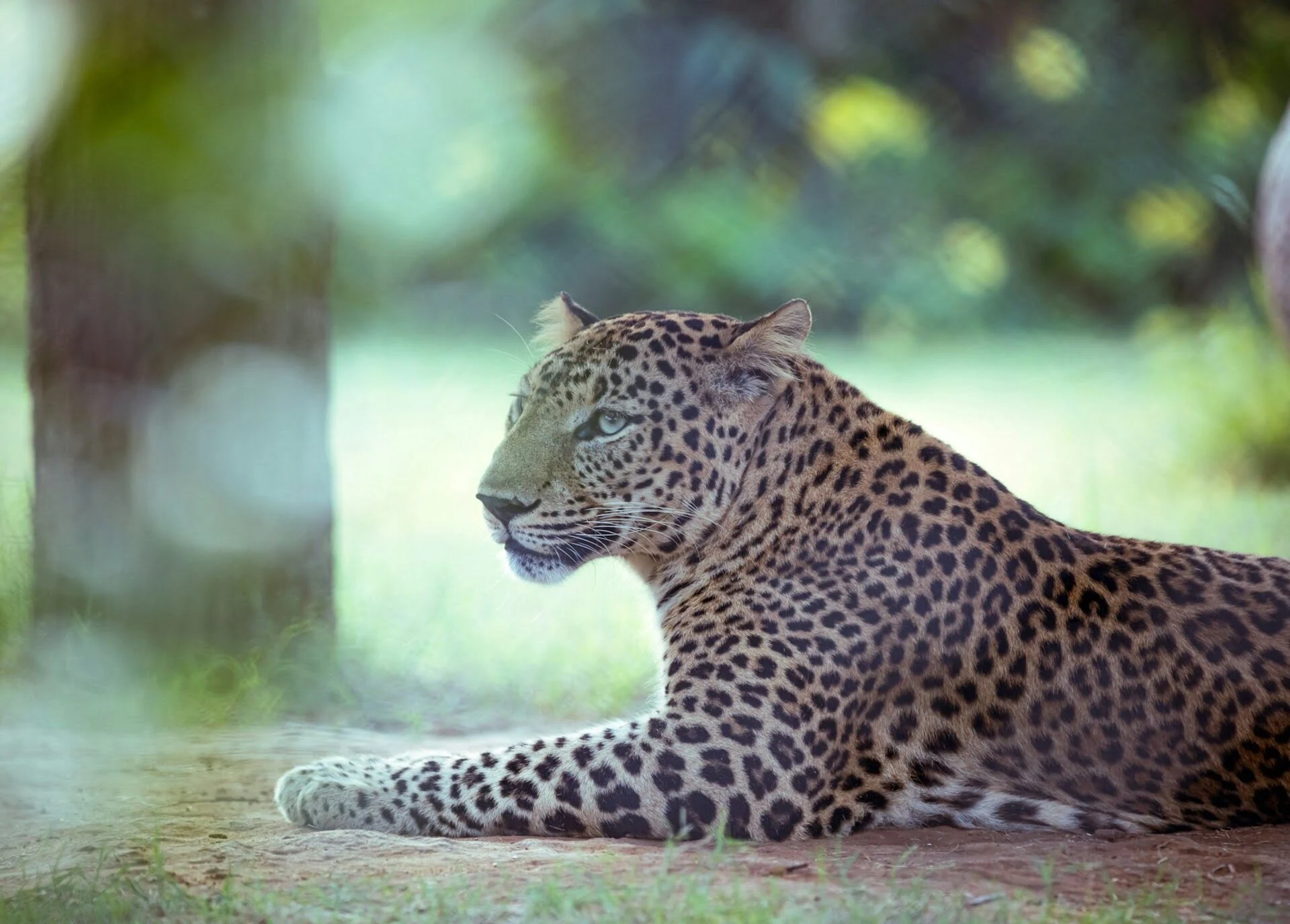Wildlife in India
Wildlife of India
Exploring the Diverse Marvels of India
Embark on a captivating exploration of India’s diverse wildlife, where nature unfolds its enchanting tales against a backdrop of varied landscapes. Explore about the famous “Big Five” of India ( Bengal Tiger, Asiatic Lion, Single Horned Rhino, Indian Leopard and Indian Elephant ) each representing a unique face of the country’s magnificent natural heritage. Picture the vibrant hues of the Indian jungles, adorned by the majestic stripes of Bengal Tigers, creating a mesmerizing spectacle. Experience the thrill as a graceful Indian leopard showcasing its elusive charm.
Marvel at the elegant Indian elephants gracefully navigating lush scenery. Witness the towering presence of the Single Horned Rhinoceros, a symbol of strength. Discover the untamed beauty of the Asiatic Lion, ruling Gujarat’s dry deciduous forests with regal authority. Be captivated by the spirited antics of the Indian Wild Dog (Dhole), a social predator, while the Sambar Deer adds grace and resilience to India’s intricate wildlife tapestry.
Dive into the tales of the vibrant Indian jungles, where each creature, from the magnificent to the minuscule, contributes to the rich narrative of India’s wild wonders. Join us as we unveil the unparalleled beauty and extraordinary stories that make India’s wildlife a captivating spectacle.
Royal bengal Tiger
Meet the Royal Bengal Tiger, a living emblem of power and majesty in the big cat kingdom. Hailing from the vibrant landscapes of the Indian subcontinent, this magnificent creature proudly holds the title of national animal of India. Picture a regal cat, draped in a stunning coat of reddish-orange fur adorned with those iconic dark stripes—captivating the hearts of wildlife enthusiasts and conservationists worldwide. This adaptable predator thrives in diverse landscapes, ranging from dense mangrove forests to expansive grasslands and deciduous forests. Its presence is felt across the subcontinent, making India a crucial habitat for this majestic species.
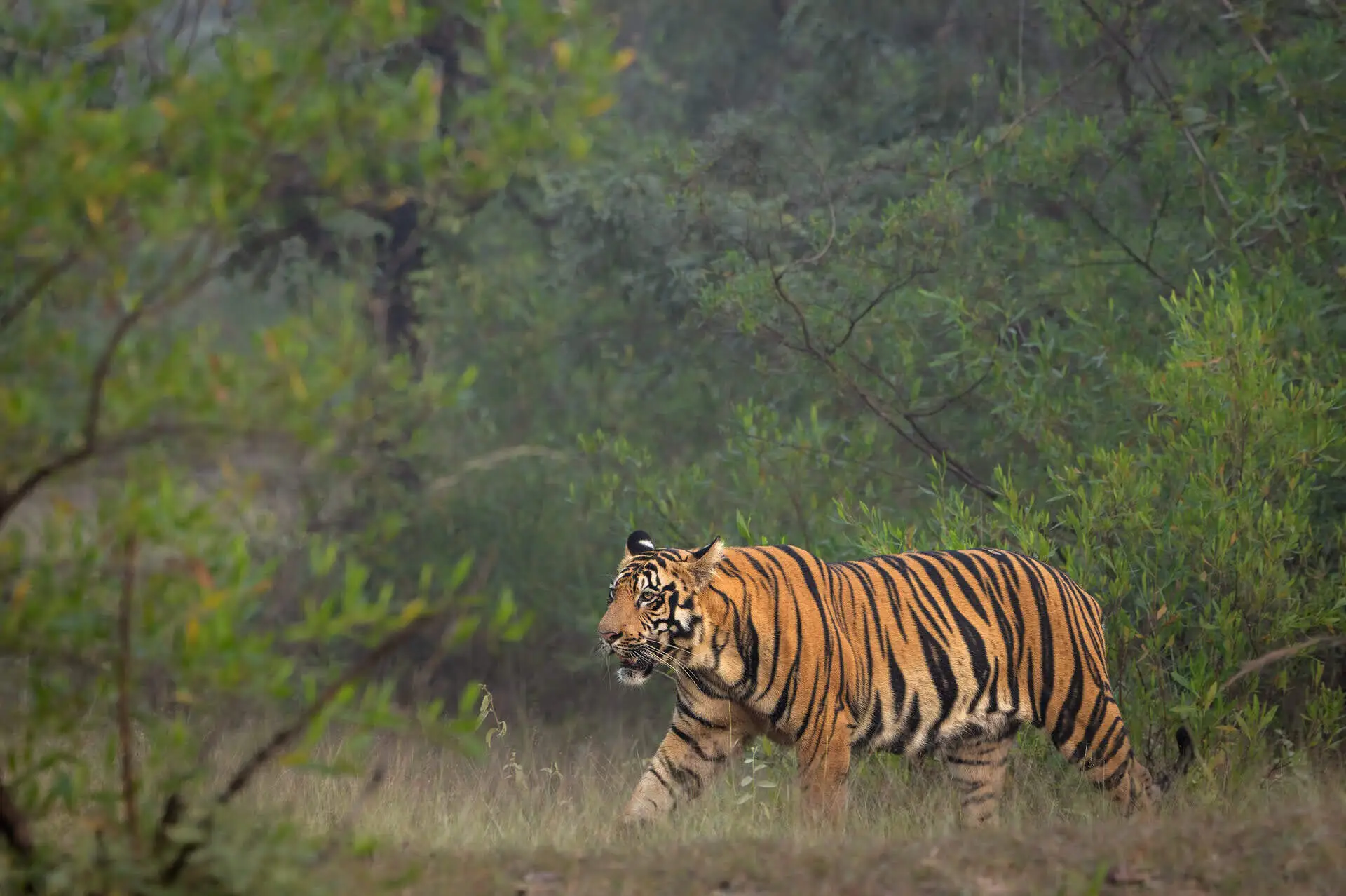
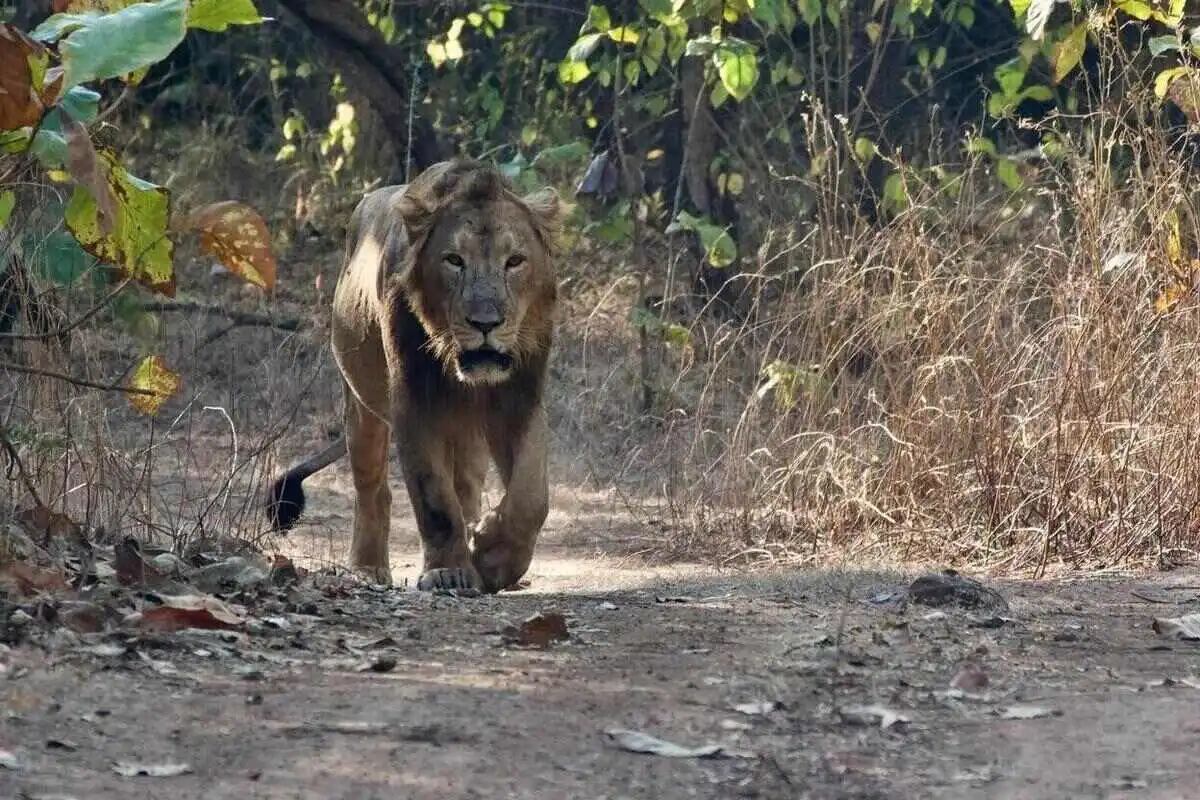
Asiatic Lion
In the arid expanses of the Gir Forest in Gujarat, India, a majestic comeback story unfolds—the revival of the Asiatic lion, Panthera leo persica. Once on the brink of extinction, this remarkable subspecies has clawed its way back from the edge, now proudly roaming the wilds of Gir. Recognized for its distinct characteristics and historical significance, the Asiatic lion stands as a testament to successful conservation efforts and the delicate balance between humans and wildlife. With a distinctive appearance that sets it apart from its African counterparts, this big cat has become a symbol of pride and perseverance, embodying the spirit of conservation in India
Single Horned Rhino
Introducing the amazing “unicorn” of Kaziranga, the single-horned rhinoceros! Imagine a big, powerful creature with a single horn on its nose. Well, that’s our rhino friend. It’s like a real-life fairy tale right here in Kaziranga National Park, Assam, India.
Imagine a vast green landscape, and in the midst of it all, the majestic single-horned rhino strolling around freely. It’s like living proof of nature’s strength and the success of people working hard to keep these creatures safe. In this beautiful place called Kaziranga, the rhino becomes a symbol of the special wildlife we have in India.
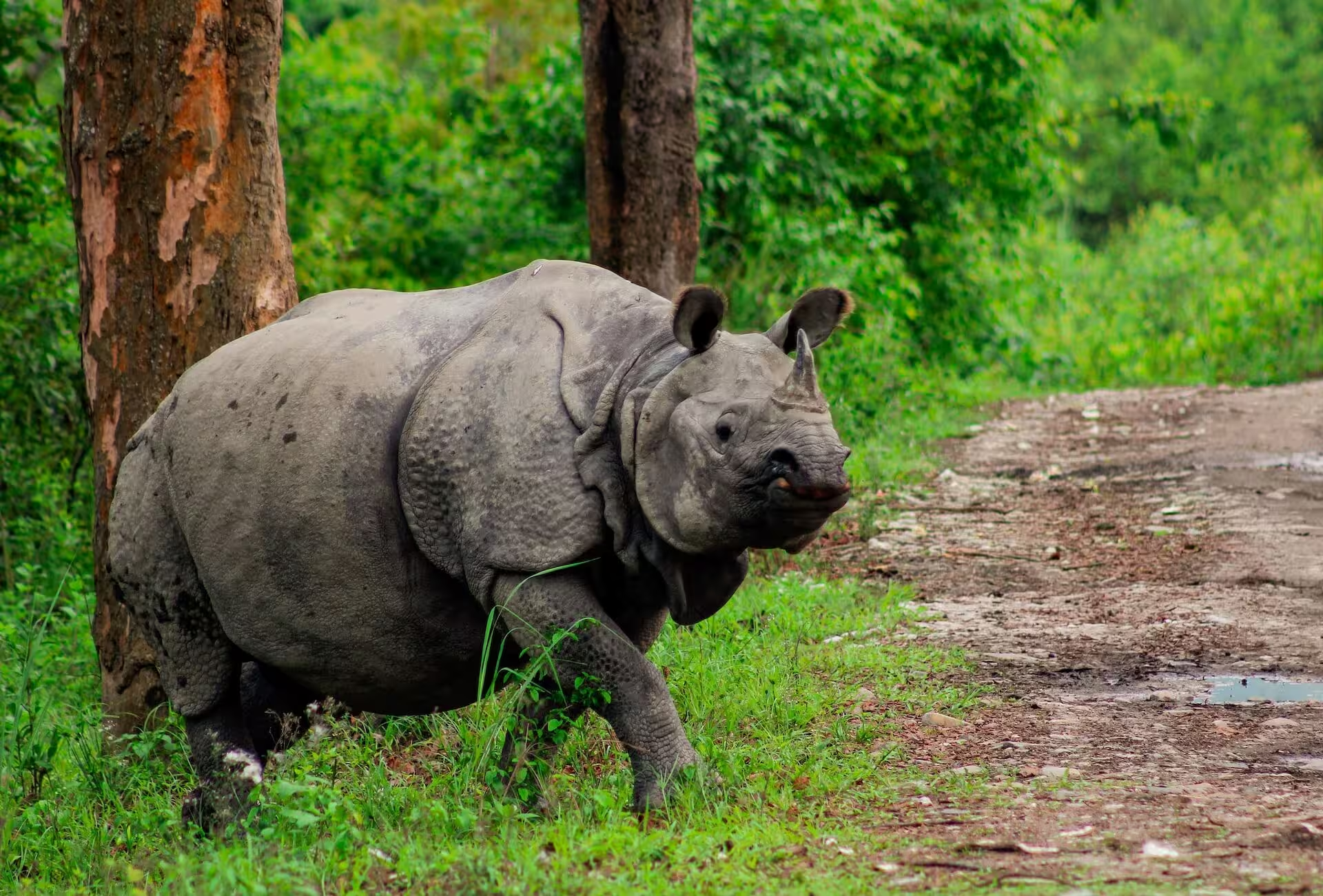
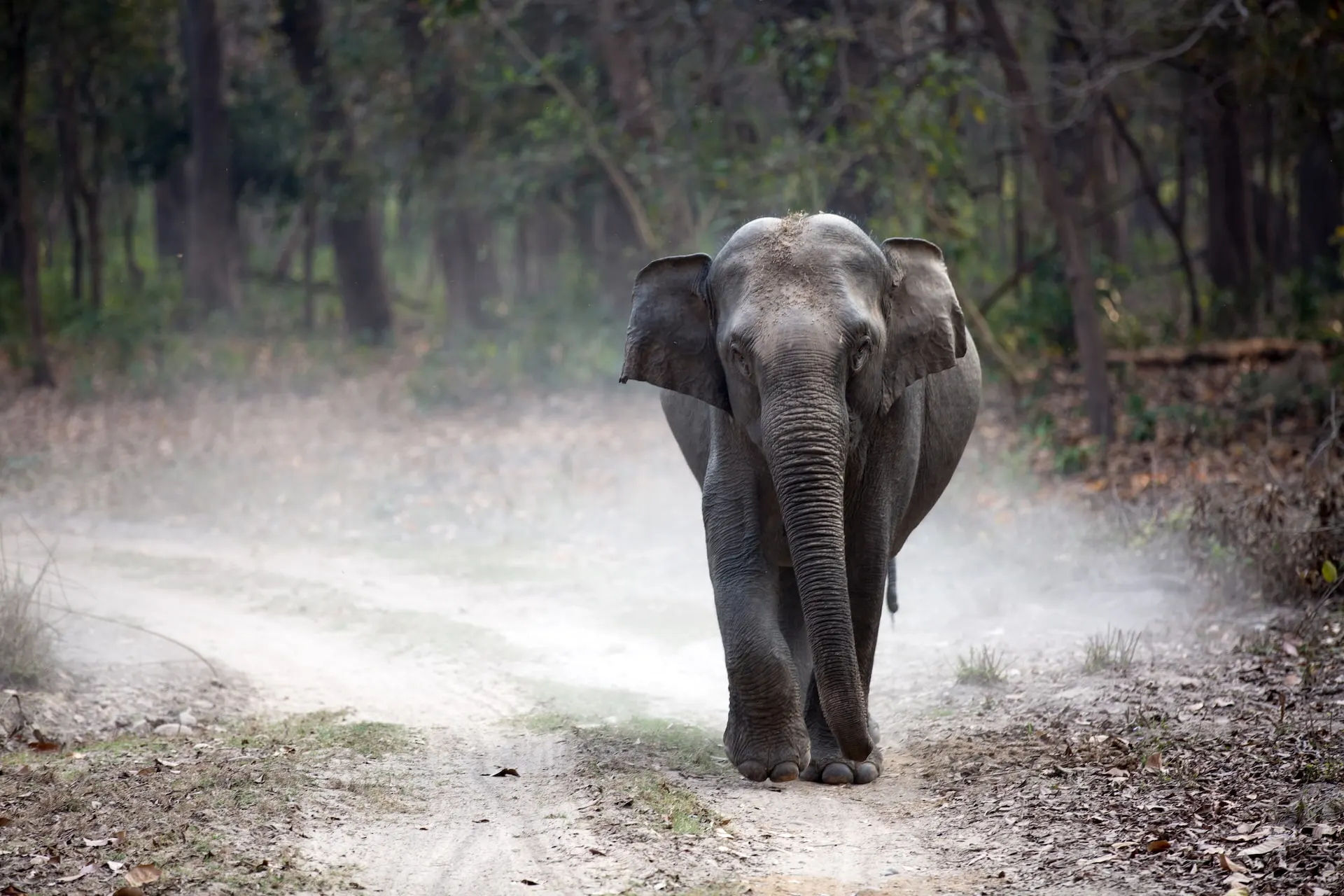
Indian Elephant
Gentle giants of the Indian subcontinent, the Indian elephants stand as both iconic symbols and ecological keystones. These amazing creatures wander through different places, like thick forests and wide grassy areas, making them a crucial part of India’s nature.
You can easily spot them with their big ears and strong bodies. But these elephants aren’t just ordinary animals—they have a special role in Indian culture and religion. People in India love and respect them, and you’ll often see them being part of traditional events and stories.
Indian Leopard
Come and explore the enchanting world of leopards in India! Picture the elusive Indian leopard, a mesmerizing creature with its golden coat and striking dark spots, adding a touch of wild charm to India’s varied landscapes. But there’s more to this story – India is also home to other leopard varieties, such as the snow leopard, black panther, and clouded leopard, each possessing its own unique charm. Our Indian leopard, with its adaptable nature, wanders freely from thick forests to open grasslands, showing off its ability to thrive in different surroundings. This sleek feline, despite being a bit shy, holds a unique spot in India’s vibrant biodiversity, representing the wild, untamed beauty that graces our country.
